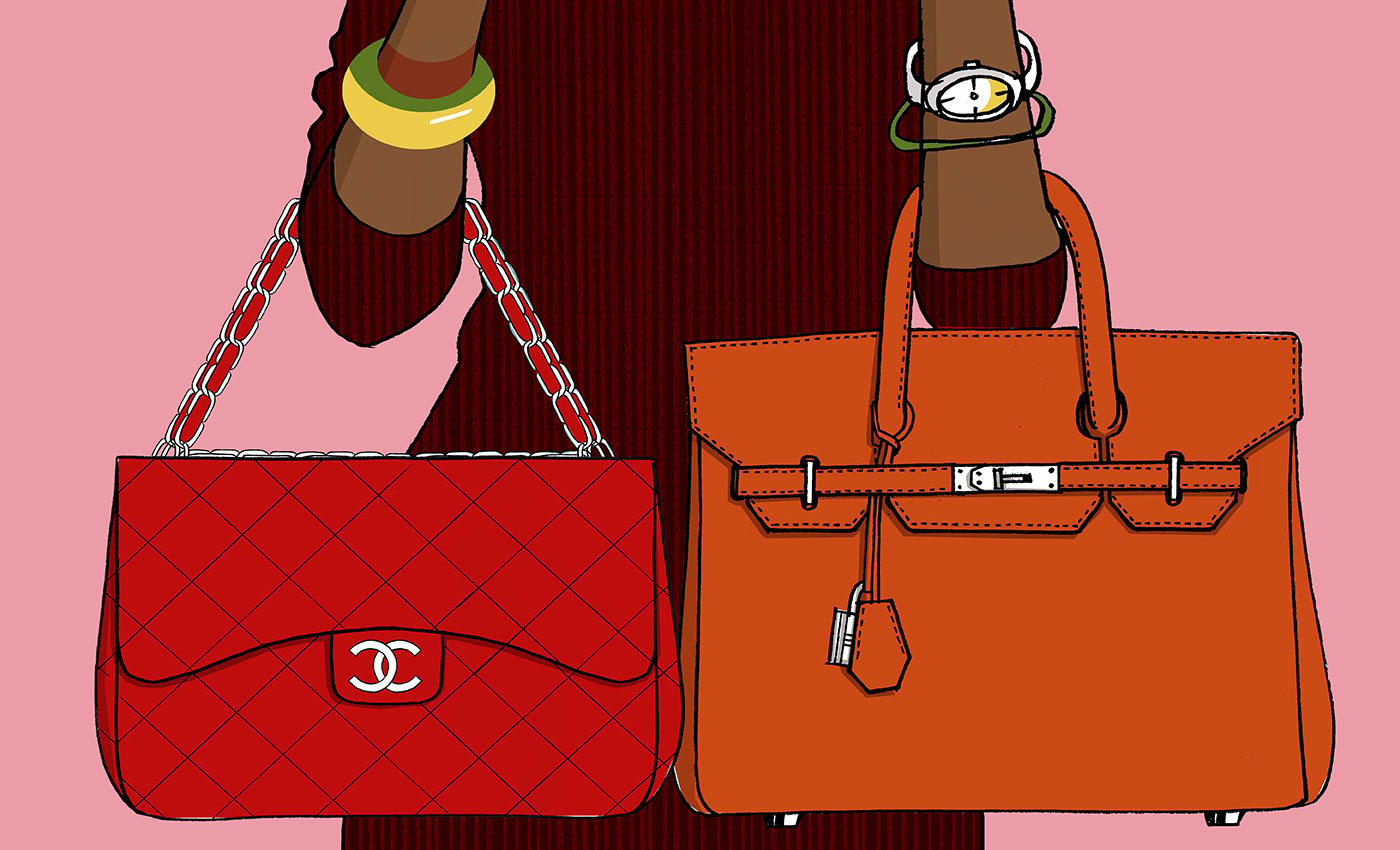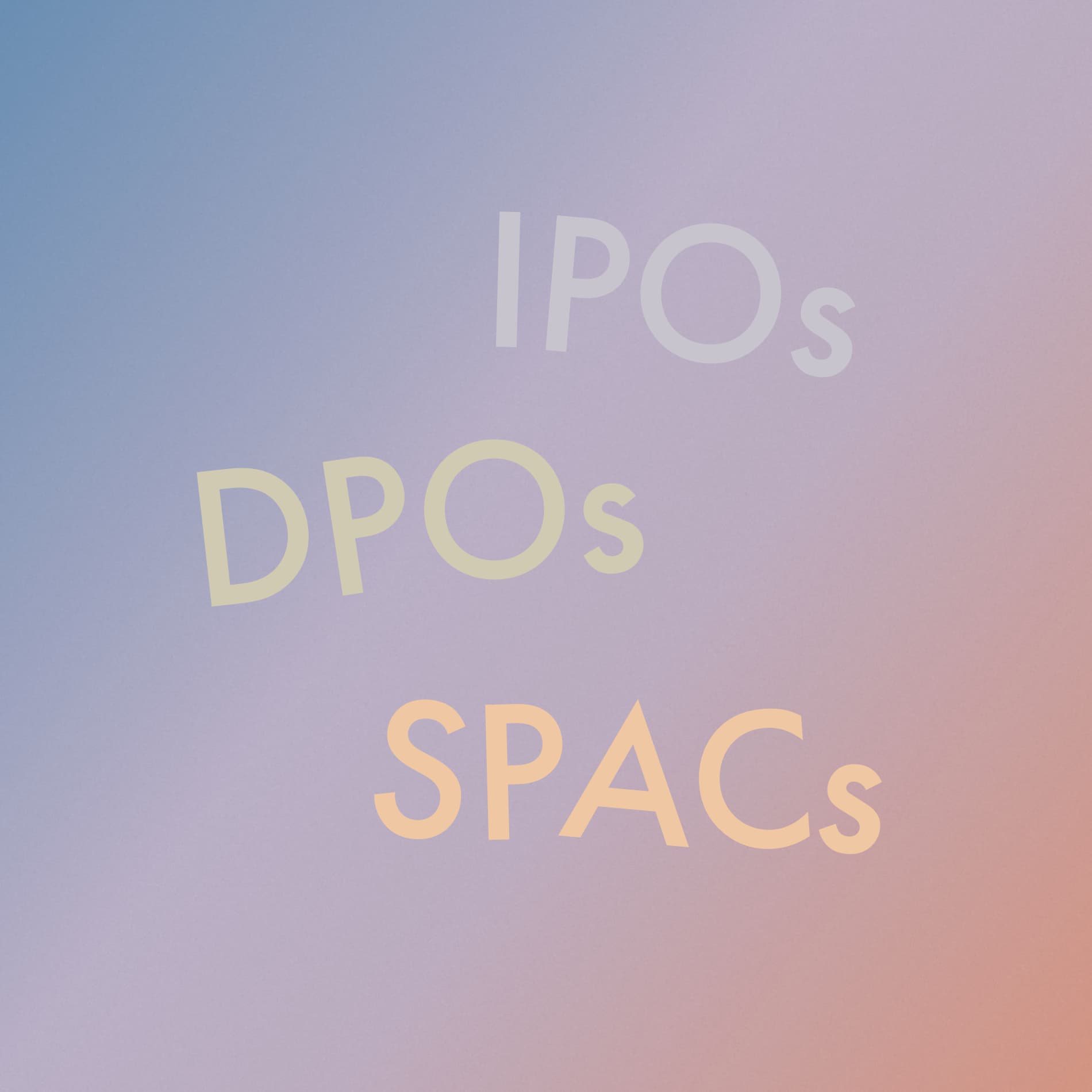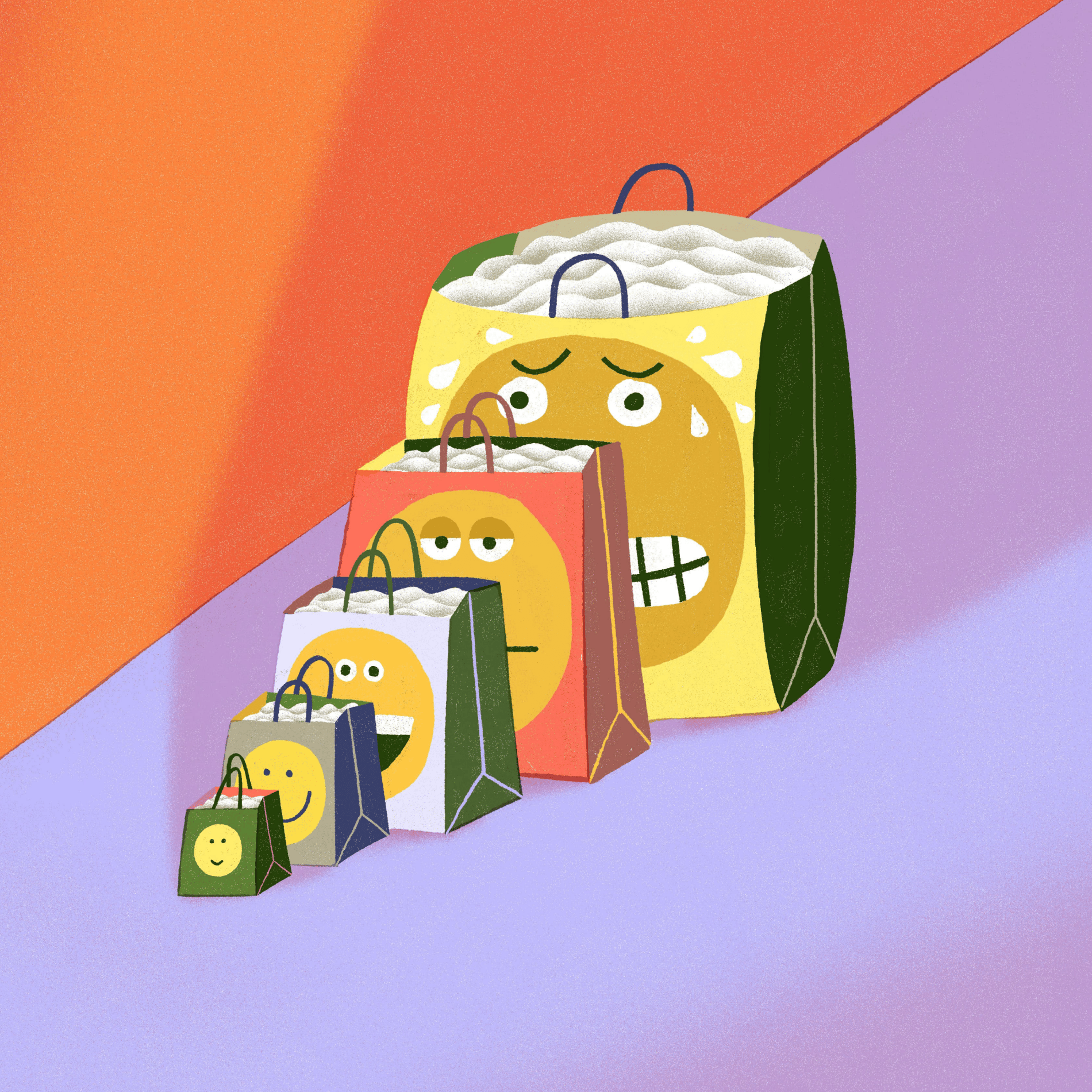
Finance for Humans
Why Handbags are the Penny Stocks of Your Closet
How fickle fashion affects the price of Hermes Birkin bags and other lessons from the handbag economy.
Wealthsimple makes powerful financial tools to help you grow and manage your money. Learn more
Handbags. They’re almost unparalleled as objects of obsession. Who knows exactly why—maybe it’s because unlike jeans they always fit, maybe it’s because they’re used every day, maybe it’s because people tend to see them as a kind of avatar for their style—but for a segment of society they are like Air Yeezy 2 Red Octobers (click here if you don’t understand what that means and you want to): something to covet, something to keep in your closet and sneak in late at night to look at, something to leave your children as their inheritance. Only in this case, the stakes are much, much higher. Those Air Yeezys retailed for $250 (and are now worth close to $6,000). But it’s not uncommon for a handbag to retail at the luxury store Hermès for upwards of $30,000.
Knowing all this, we got curious about the economics of collecting and selling handbags. Could $30,000 possibly be even close to worth it? Could these things operate like investments? What does the depreciation look like on something you carry your cell phone in? You know, Wealthsimple-type stuff. So we decided to zero in on New York City, arguably the world capital of purses, and talk to Ina Bernstein, who’s practically the inventor of curated, high-end purse-selling consignment stores and the godmother of handbags.And then we assembled her wisdom into a kind of handbag-economics 101.
Yes, It’s Possible to Post a Positive Return on a Purse.
“I opened my first store 24 years ago—the heyday of the Prada nylon backpack,” Bernstein says. “That was one of the first bags people really collected.” You could have bought that little backpack new at a Prada store for $600. For years, vintage ones hovered around $200. Now, that same backpack in perfect condition would go for $1,000.
It’s Worth More If It’s Named After a Glamorous Woman. Who Is Dead.
“The Hermès Kelly—which was sold for years but was not officially called a Kelly bag until 1977—is clearly iconic, but it wasn’t until Princess Grace died that it really became a status symbol because the bag was named after her,” Bernstein says. The Hermès Birkin bag, named after Jane Birkin, is also right up there in the classics category.

Sign up for our weekly non-boring newsletter about money, markets, and more.
By providing your email, you are consenting to receive communications from Wealthsimple Media Inc. Visit our Privacy Policy for more info, or contact us at privacy@wealthsimple.com or 80 Spadina Ave., Toronto, ON.
“I bet if a luxury bag company made a Diana bag, it would become an iconic bag pretty quickly,” says Bernstein.
There Are Really Only a Few Brands That Have Eternal Currency.
“Chanel and Hermès—those are the two brands that I can always reliably sell,” says Bernstein. She splits the price of her consignment bags 50-50 with the reseller in most cases. “But if it’s a Birkin or a Chanel 2.55,” she says, referring to a classic model Chanel bag, “I keep only 30 percent, and the seller keeps 70.”
If there were awards for runners-up, they would go to Louis Vuitton and Goyard, both of which maintain value extremely well. According to the resale site tradesy.com, a top-tier bag (Chanel, Hermès, Goyard) can often get you back more than you paid for it—it's not uncommon to be able to sell it for as much as 1.3 times what it cost.
After That, It’s Like Picking Stocks.
Like anything else in fashion and the world at large, handbags go through trends. If you pick what’s hot, you’ll have made a good investment. But as with picking stocks (unlike with a good Wealthsimple-bought ETF), you’ll have to get lucky.
Here’s what’s hot right now according to Bernstein:
Gucci from 2016 (it’s an extremely in-demand collection)
Céline from the last four years, since it revamped its design
Balenciaga motorcycle bags
Marc Jacobs from the early 2000s
Handbags Are Not, in the Parlance of Financial Advisors, “Buy and Hold” Investments.
“Everyone used to want Prada,” Bernstein says. “But that’s not the case anymore.”Fashion’s fickle—what can we say.
When in Doubt, Buy It in Black. And Make It Crocodile (If You Don’t Feel Bad about Killing Crocodiles).
Black handbags will retain their value more reliably, according to Bernstein. Sure, occasionally someone wants a green bag or wildly printed one—but you can’t count on it.
Meanwhile, leather is always in demand. But more-exotic skins, “like lizard, crocodile, and ostrich, are the first to go if they’re in good shape.”
Handbags Are an Investment. But They’re a Terrible Way to Make a Living.
That Prada nylon backpack is not typical. For the most part, if you can sell a luxury designer handbag for 60 to 70 percent of the retail value, then consider it a decent investment.
On the Other Hand, It’s OK to Consider a $3,000 Handbag an Economical Choice.
“For $1,000, you can’t buy much,” Bernstein says, which is true only if you’re someone who has $1,000 to throw around for a purse. “But $2,500 to $3,500? That’s a great price for a high-quality bag.”
Here’s why she’s right: First, you will likely be able to sell it for 60 to 70 percent of the value, as we mentioned. And you can amortize the rest of the cost over the years you carry it around happily (while also being stressed out about spilling coffee on it and ruining your chance at resale). It may end up costing you less over the long term—perhaps making it one thing to buy nice instead of buying twice.
Then Again, Maybe Spilling the Coffee Is a Good Idea?
You know what people are really buying when they’re spending upwards of $5,000 on a handbag? Authenticity. So when your Hermès bag is a little rough around the edges or even slightly frayed, it might look, to some, like the real deal. A family heirloom even. “A fashion editor came in recently and bought a really beaten-up Kelly bag,” says Bernstein. “She loved it because she said it looked like she’d owned it for years.”
Think of It as Art.
Is it an investment? Sure, why not. But really you “should buy what you love,” says Bernstein.
You Know What Doesn’t Sell? A Fake. Here’s How to Spot One.
Someone came into Bernstein’s store with a Birkin bag to sell on consignment. She had the authenticity card and everything. There was only one problem: “Hermès doesn’t do authenticity cards; they do serial numbers. Chanel has authenticity cards.”
For bags that don’t come with authenticity cards? Bernstein says, “Look at the lining. If it doesn’t feel like a high-quality fabric, it’s a fake.” And if there’s a print on the skin—the LVs of Louis Vuitton are a perfect example—the print should line up along the seams like professionally hung wallpaper. “This is something counterfeiters often overlook.”
And an easier giveaway? Hardware. The metal stuff on a handbag. If it’s real, it “should never tarnish on a high-quality bag.”
Oh, one other great investment if you have $3,000? Start an RRSP or TFSA at Wealthsimple.
Wealthsimple's education team is made up of writers and financial experts dedicated to making the world of finance easy to understand and not-at-all boring to read.









